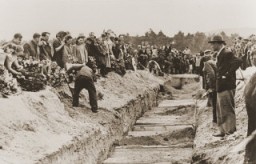You searched for: 纽约网上赌场,美国网上赌场,美国赌球网站,【www.2kk4.com,复制打开网址】,网上赌博游戏,美国赌场地址,美国在线赌博平台,美国赌球app,纽约云顶赌场,美国拉斯维加斯赌场,美国博彩游戏,美国博彩公司,美国博彩网站,,2kk4.com网址KAcExxffExhfBBgfh
<< Previous | Displaying results 261-270 of 328 for "纽约网上赌场,美国网上赌场,美国赌球网站,【www.2kk4.com,复制打开网址】,网上赌博游戏,美国赌场地址,美国在线赌博平台,美国赌球app,纽约云顶赌场,美国拉斯维加斯赌场,美国博彩游戏,美国博彩公司,美国博彩网站,,2kk4.com网址KAcExxffExhfBBgfh" | Next >>
-
Anne Frank: Diary
ArticleThe Diary of Anne Frank is often the first exposure readers have to the history of the Holocaust. Learn about Anne's diary, including excerpts and images.
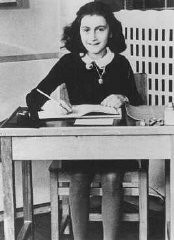
-
Adolf Hitler: 1919-1924
ArticleAdolf Hitler established himself as absolute Führer, or leader, of the Nazi Party by 1921. Learn more about Hitler in the years 1919-1924.

-
Rescue
ArticleRescue efforts during the Holocaust ranged from the isolated actions of individuals to organized networks both small and large.
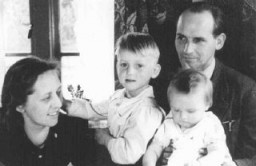
-
Ardeatine Caves Massacre
ArticleNow a national memorial site, the Ardeatine Caves outside Rome were the site of a German reprisal for a bombing by Italian resistance operatives in March 1944.
-
Jewish Aid and Rescue
ArticleJewish groups worldwide helped rescue thousands during the Holocaust. Read more about efforts to save Jews from Nazi persecution and death.
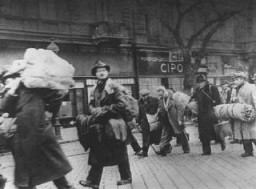
-
Collections Highlight: Selma Schwarzwald and her Bear, "Refugee"
ArticleWhile living under an assumed identity after escaping from the Lvov ghetto, Selma Schwarzwald received a toy bear that she kept with her for many years. Read about Refugee the bear.

-
Blechhammer
ArticleThe Germans established the Blechhammer camp as a subcamp of Auschwitz in April 1941. Learn about the camp's history and conditions there.
-
Paul von Hindenburg
ArticlePaul von Hindenburg was President of the Weimar Republic from 1925 until his death in 1934. Learn more about his life and role in the Nazi rise to power.
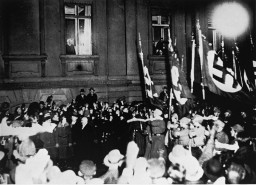
-
Genocide Timeline
ArticleKey dates in the use of the term genocide as part of the political, legal, and ethical vocabulary of responding to widespread threats of violence against groups.

-
Blood Libel
ArticleBlood libels were false allegations that Jews used the blood of non-Jewish children in rituals. Nazi propagandists used this false charge in their antisemitic propaganda.
